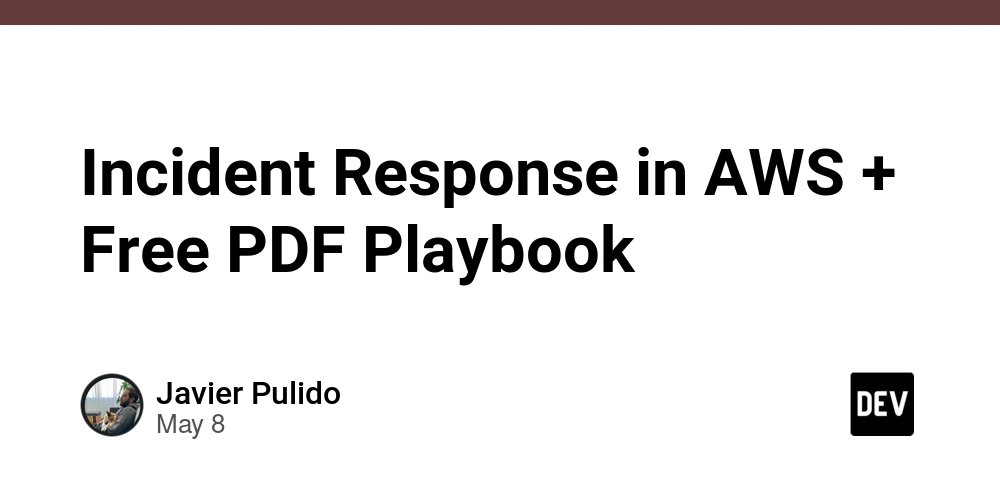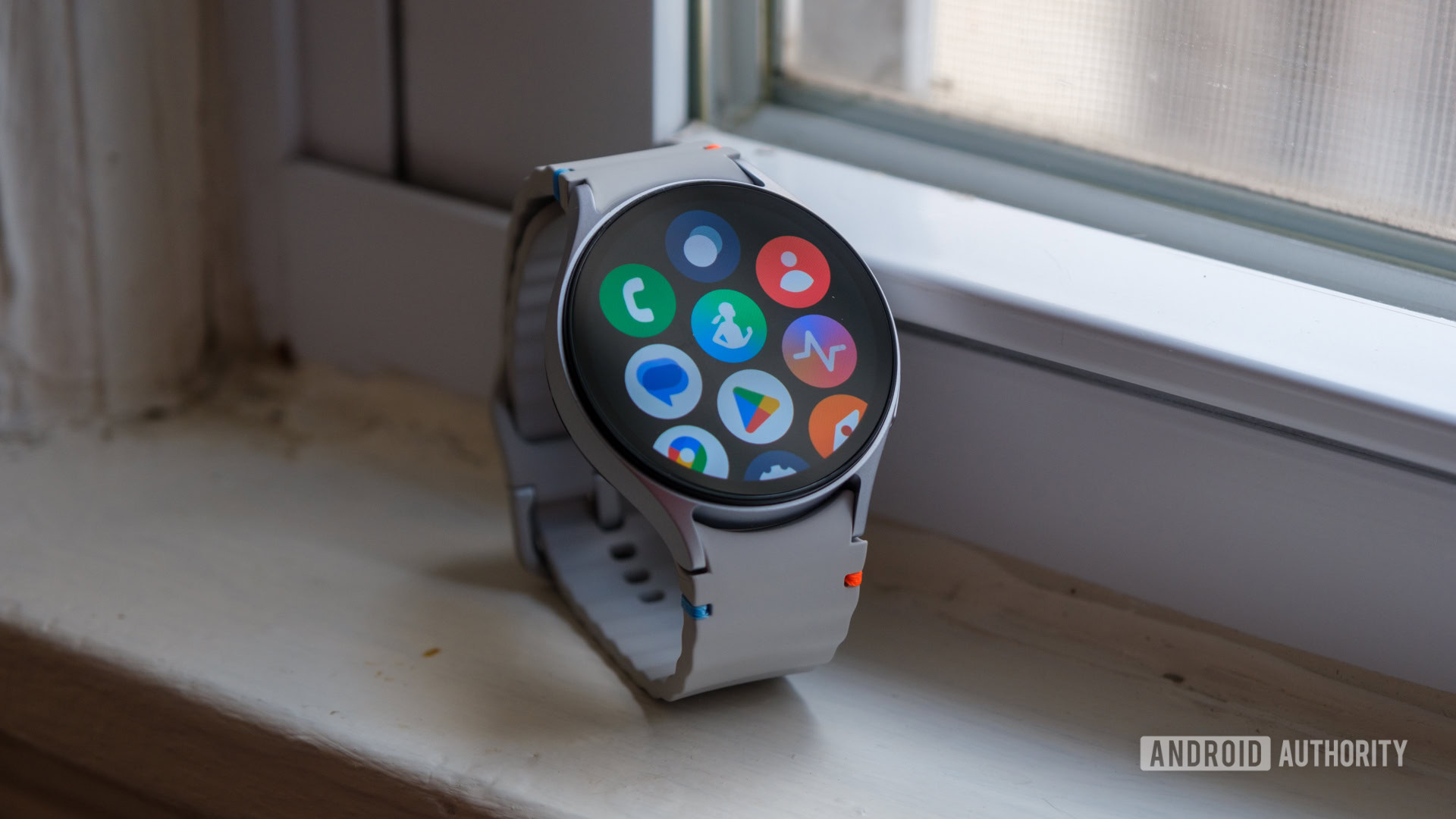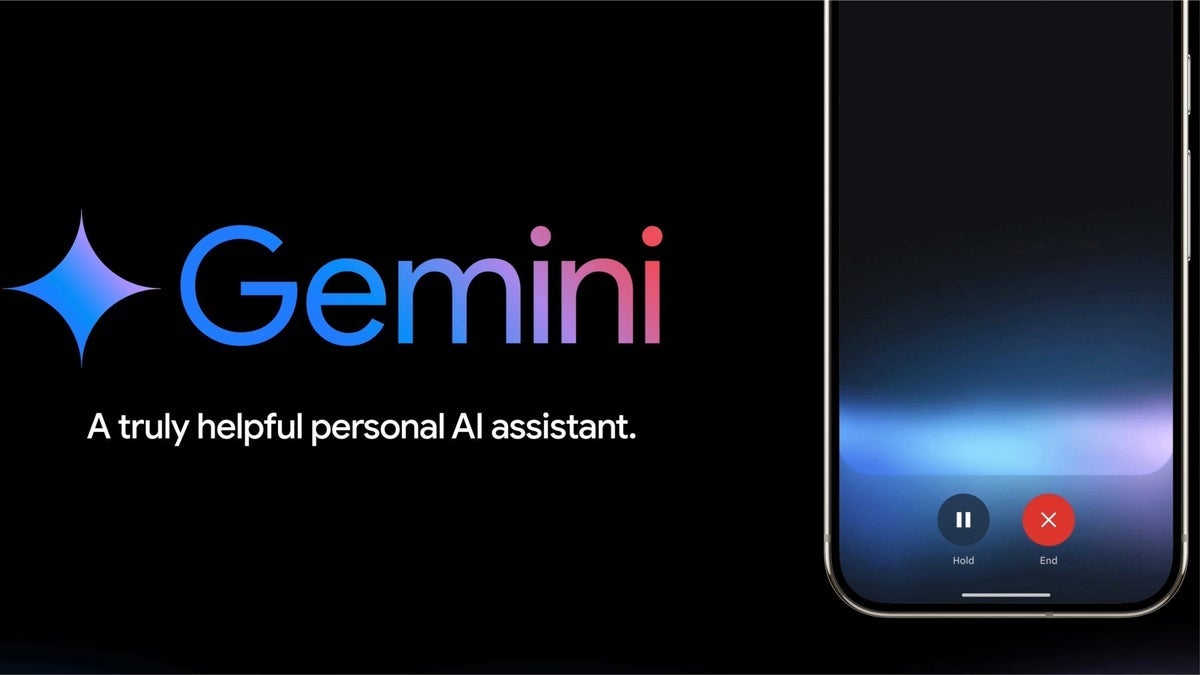Data fetching in '/apps' route in open source ACI.dev platform.
In this article, we are going to review API layer in /apps route in ACI.dev platform. We will look at: Locating the /apps route apps folder API layer in apps/page.tsx This /apps route loads a page that looks like below: ACI.dev is the open source platform that connects your AI agents to 600+ tool integrations with multi-tenant auth, granular permissions, and access through direct function calling or a unified MCP server. Locating the /apps route ACI.dev is open source, you can find their code at aipotheosis-labs/aci. This codebase has the below project structure: apps backend frontend frontend ACI.dev is built using Next.js, I usually confirm this by looking for next.config.ts at the root of the frontend folder. And there is a src folder and app folder inside this src folder. This means this project is built using app router. From here on, it makes it super easy to locate /apps route since this is going to be a folder, according to how app router works in Next.js You will find the apps folder in the above image. apps folder apps folder has the below structure: [appName] — folder page.tsx- file API layer in apps/page.tsx In the apps/page.tsx, you will find the below code snippet that fetches the data. // TODO: implement pagination once we have a lot of apps useEffect(() => { async function loadApps() { setLoading(true); try { const apiKey = getApiKey(activeProject); const apps = await getAllApps(apiKey); setApps(apps); } catch (error) { console.error("Error fetching apps:", error); } finally { setLoading(false); } } loadApps(); }, [activeProject]); loadApps async function loadApps() { setLoading(true); try { const apiKey = getApiKey(activeProject); const apps = await getAllApps(apiKey); setApps(apps); } catch (error) { console.error("Error fetching apps:", error); } finally { setLoading(false); } } loadApps sets loading to true and makes a call to getApiKey and uses that apiKey as a param in getAllApps and apps state variable is updated. BTW, this /apps/page.tsx is client component as it has “use client” at the top of the file. getApiKey getApiKey is imported as shown below: import { getApiKey } from "@/lib/api/util"; and has the below code picked from lib/api/util.ts export async function getAllApps(apiKey: string): Promise { const response = await fetch(`${process.env.NEXT_PUBLIC_API_URL}/v1/apps`, { method: "GET", headers: { "X-API-KEY": apiKey, }, }); if (!response.ok) { throw new Error( `Failed to fetch app: ${response.status} ${response.statusText}`, ); } const apps = await response.json(); return apps; } They use a simple fetch to get the API key? interesting. getAllApps getApiKey is imported as shown below: import { getAllApps } from "@/lib/api/app"; and has the below code picked from lib/api/util.ts export async function getAllApps(apiKey: string): Promise { const response = await fetch(`${process.env.NEXT_PUBLIC_API_URL}/v1/apps`, { method: "GET", headers: { "X-API-KEY": apiKey, }, }); if (!response.ok) { throw new Error( `Failed to fetch app: ${response.status} ${response.statusText}`, ); } const apps = await response.json(); return apps; } Here also they use a simple fetch. About me: Hey, my name is Ramu Narasinga. I study large open-source projects and create content about their codebase architecture and best practices, sharing it through articles, videos. Configure features such as Changesets, Supabase authentication in your Next.js project using Think Throo CLI. Business enquiries — ramu@thinkthroo.com My Github — https://github.com/ramu-narasinga My website — https://ramunarasinga.com My YouTube channel — https://www.youtube.com/@ramu-narasinga Learning platform — https://thinkthroo.com Codebase Architecture — https://app.thinkthroo.com/architecture Best practices — https://app.thinkthroo.com/best-practices Production-grade projects — https://app.thinkthroo.com/production-grade-projects References: https://platform.aci.dev/apps https://github.com/aipotheosis-labs/aci/blob/main/frontend/src/app/apps/page.tsx https://github.com/aipotheosis-labs/aci/blob/main/frontend/src/lib/api/util.ts#L3 https://github.com/aipotheosis-labs/aci/blob/main/frontend/src/lib/api/app.ts#L3

In this article, we are going to review API layer in /apps route in ACI.dev platform. We will look at:
Locating the /apps route
apps folder
API layer in apps/page.tsx
This /apps route loads a page that looks like below:
ACI.dev is the open source platform that connects your AI agents to 600+ tool integrations with multi-tenant auth, granular permissions, and access through direct function calling or a unified MCP server.
Locating the /apps route
ACI.dev is open source, you can find their code at aipotheosis-labs/aci. This codebase has the below project structure:
apps
backend
frontend
frontend
ACI.dev is built using Next.js, I usually confirm this by looking for next.config.ts at the root of the frontend folder.
And there is a src folder and app folder inside this src folder. This means this project is built using app router.
From here on, it makes it super easy to locate /apps route since this is going to be a folder, according to how app router works in Next.js
You will find the apps folder in the above image.
apps folder
apps folder has the below structure:
API layer in apps/page.tsx
In the apps/page.tsx, you will find the below code snippet that fetches the data.
// TODO: implement pagination once we have a lot of apps
useEffect(() => {
async function loadApps() {
setLoading(true);
try {
const apiKey = getApiKey(activeProject);
const apps = await getAllApps(apiKey);
setApps(apps);
} catch (error) {
console.error("Error fetching apps:", error);
} finally {
setLoading(false);
}
}
loadApps();
}, [activeProject]);
loadApps
async function loadApps() {
setLoading(true);
try {
const apiKey = getApiKey(activeProject);
const apps = await getAllApps(apiKey);
setApps(apps);
} catch (error) {
console.error("Error fetching apps:", error);
} finally {
setLoading(false);
}
}
loadApps sets loading to true and makes a call to getApiKey and uses that apiKey as a param in getAllApps and apps state variable is updated. BTW, this /apps/page.tsx is client component as it has “use client” at the top of the file.
getApiKey
getApiKey is imported as shown below:
import { getApiKey } from "@/lib/api/util";
and has the below code picked from lib/api/util.ts
export async function getAllApps(apiKey: string): Promise<App[]> {
const response = await fetch(`${process.env.NEXT_PUBLIC_API_URL}/v1/apps`, {
method: "GET",
headers: {
"X-API-KEY": apiKey,
},
});
if (!response.ok) {
throw new Error(
`Failed to fetch app: ${response.status} ${response.statusText}`,
);
}
const apps = await response.json();
return apps;
}
They use a simple fetch to get the API key? interesting.
getAllApps
getApiKey is imported as shown below:
import { getAllApps } from "@/lib/api/app";
and has the below code picked from lib/api/util.ts
export async function getAllApps(apiKey: string): Promise<App[]> {
const response = await fetch(`${process.env.NEXT_PUBLIC_API_URL}/v1/apps`, {
method: "GET",
headers: {
"X-API-KEY": apiKey,
},
});
if (!response.ok) {
throw new Error(
`Failed to fetch app: ${response.status} ${response.statusText}`,
);
}
const apps = await response.json();
return apps;
}
Here also they use a simple fetch.
About me:
Hey, my name is Ramu Narasinga. I study large open-source projects and create content about their codebase architecture and best practices, sharing it through articles, videos.
Configure features such as Changesets, Supabase authentication in your Next.js project using Think Throo CLI.
Business enquiries — ramu@thinkthroo.com
My Github — https://github.com/ramu-narasinga
My website — https://ramunarasinga.com
My YouTube channel — https://www.youtube.com/@ramu-narasinga
Learning platform — https://thinkthroo.com
Codebase Architecture — https://app.thinkthroo.com/architecture
Best practices — https://app.thinkthroo.com/best-practices
Production-grade projects — https://app.thinkthroo.com/production-grade-projects







































































































































































![[The AI Show Episode 146]: Rise of “AI-First” Companies, AI Job Disruption, GPT-4o Update Gets Rolled Back, How Big Consulting Firms Use AI, and Meta AI App](https://www.marketingaiinstitute.com/hubfs/ep%20146%20cover.png)
























































































































































































































































































































































































![Beats Studio Pro Wireless Headphones Now Just $169.95 - Save 51%! [Deal]](https://www.iclarified.com/images/news/97258/97258/97258-640.jpg)











































































































